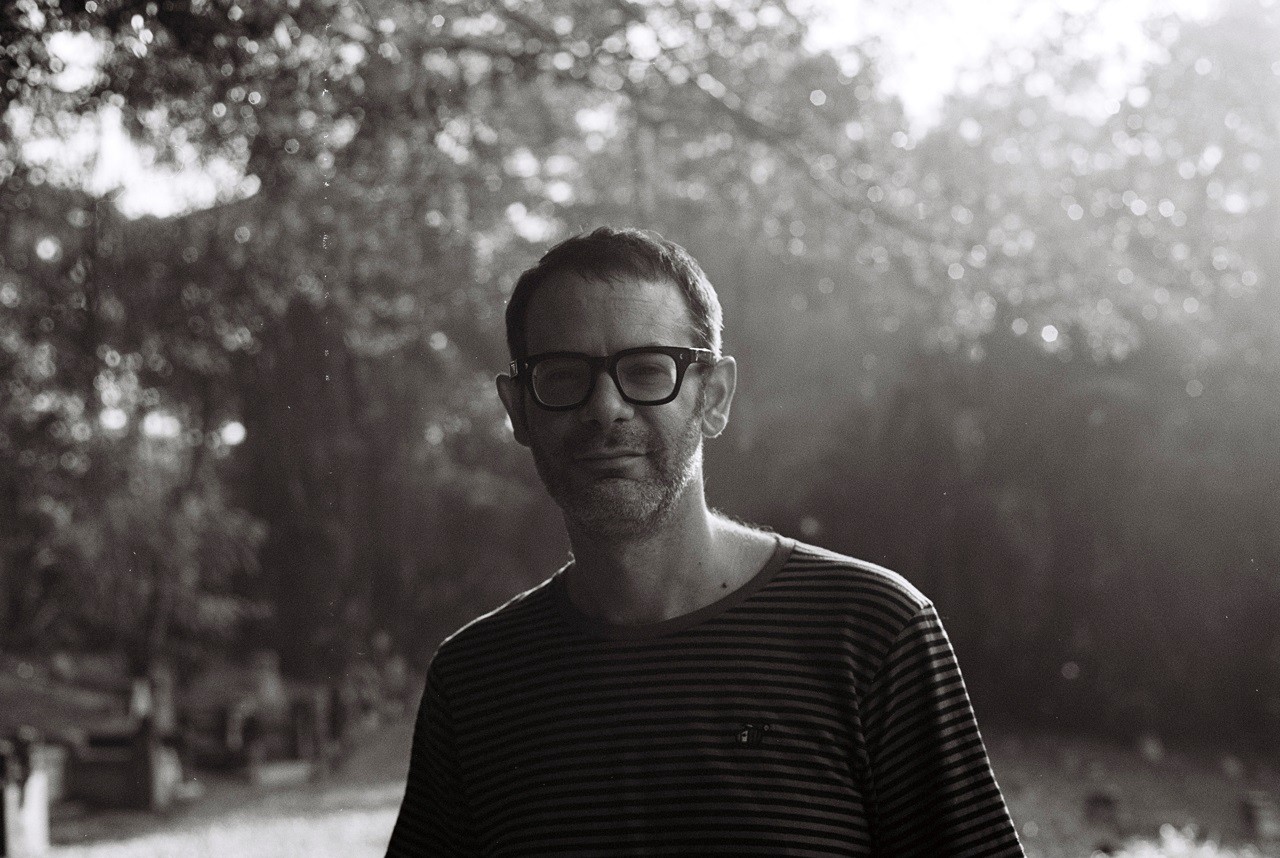NANG 2: Scars and Death — A Conversation with guest editors Yoo Un-Seong & John Torres

What follows is an edited version of a conversation between Ben Slater and Yoo Un-Seong & John Torres, first published in Issue 1 of the magazine (pp.111–113).
SPECTRAL SCARS FOR CINEMA, OR TO DIE FOR YOU
Ben Slater: First of all, what have you both been up to recently?
John Torres: I’m currently developing and planning to shoot my fifth feature film, a documentary about the making of an unfinished film by a late Filipino director, and we’re using found footage that he shot in 1986 as visual material to cross the journey of this story. I’ve been doing workshops on documentary- and filmmaking. I’m trying to develop a physical space that we have (“Los Otros”), trying to set up a DIY film laboratory there, together with my wife who’s also a filmmaker (Shireen Seno), and trying to find a balance with that and the work we want to do.
Yoo Un-Seong: I worked as a film programmer for the Jeonju International Film Festival until 2012, and then, for several reasons, I was fired. (Since then) I worked as a programme director for the Moonji Cultural Institute, and I published some books, curated exhibitions and organized several seminars and performances. From 2014 I’ve been teaching at the Korean National University of Arts (K’ARTS), and since last year, together with a programmer (Ms. Mo Eun-Young) at the Korean Film Archive, I have co-organized two big retrospectives on filmmakers: one is on Lav Diaz and more recently on Pedro Costa. I also launched a film magazine OKULO, and last June I published the second issue.
BS: When did you two meet?
YUS: Nine years ago in Berlin (at the Berlin International Film Festival). I was there selecting some films for Jeonju. John had finished his film Todo Todo Teros, which had already been shown at other Korean film festival in 2006. I told John if he made another film I’d be very interested in showing it in Jeonju. So we kept in contact; he completed his second film Years When I was a Child Outside and I invited that film to the competition in Jeonju in 2008. We met several times in Jeonju and other countries, and I visited Manila twice. But this is the first time we’ve collaborated on a project.
JT: Do you remember when you invited me to exhibit in Jeonju?
YUS: Yes, that’s right. Aside from screenings, I started to organize small exhibitions with works from filmmakers, and at that time I showed John’s work with some others, including James Benning and Pedro Costa.
BS: What’s the origin of your idea for the second issue of NANG?
JT: I got an email from Davide [Cazzaro] proposing the collaboration. It was hard for me to refuse because if Un-seong is involved I’ll always say yes. I don’t see myself as a writer, but this is a good challenge for me to explore and reflect on the process of filmmaking and to be surrounded by other filmmakers who are providing examples and models for me to follow; telling stories that I can present in print.
YUS: Davide explained the general idea of the magazine and I was reminded of John. I suggested to John that we explore “the death of cinema,” especially in today’s atmosphere of so-called new media and technology. I fear that cinema is becoming spectral, so I suggested to John that it would be great if we could deal with the death or change in cinema. But John suggested dealing with the subject in a more concrete or corporeal way, and focusing more on the real death or suffering in the real life of making movies.
BS: So, what is the content going to be?
JT: I came from making a film about scars called Lukas the Strange (2013), and thinking about scars was the initial impulse for me.
Production still from Lukas the Strange (Photograph by Oscar Nava)
I’m 40 years old now. I’ve been making films for over ten years, and I’ve met filmmakers who’ve given up, and I’ve met filmmakers who’ve died, and I’m stuck with the stories in my head, imagining the scars that they have. I’m populated with memories of all these bodies surrounding me. This is a bigger issue in the Philippines now that they are trying to regulate the working conditions in film and TV. It makes us aware of the limitations of our imaginations and our bodies. Aside from that, in Tagalog the word “nang” is an invisible word that sets the pace and manner of doing something, and it’s also a short-form for the word “Mother.”
YUS: I’ve heard stories of filmmakers, sometimes making their last film while they are in a state of suffering or near death. So that kind of experience is usually inscribed in the experience of making the film, or in the movie itself. I will ask some of my friends who are critics and writers to contribute essays and images relating to these issues. This may be a bit more critical or theoretical than John’s ideas, but if we can mix these two approaches in the same magazine it might be more interesting to readers. (While we’re working on it) I think we should meet in person at least once, so either I will visit Manila or I’ll have to kidnap John to Korea!








